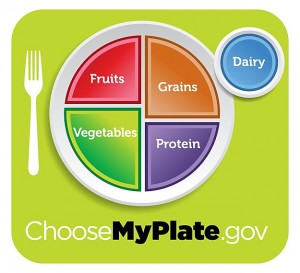If you frequent a trail or neighborhood that is popular with runners, you’ve most likely noticed a new trend: people running barefoot or with very odd-looking shoes that place for each toe. And if you’re a runner yourself, you’ve certainly come across – maybe even experimented with – the trend of barefoot running.
Books like ChiRunning and Born to Run make the case for lower-profile, less-cushioned shoes or none at all. Here at EBL, we’ve written about the phenomenon before – specifically the work of Harvard biologist Daniel Lieberman, who studies the biomechanics of barefoot running and how early humans survived by evolving the ability to travel long distances to hunt.
Now a new study – detailed by a New York Times blog – has found that wearing light-weight shoes, instead of going completely barefoot, is metabolically more efficient.
The researchers’ argument goes something like this: Running with traditional running shoes, which weight 300 to 400 grams, increase the amount of energy required to run because with every step, the running is lifting those weights. Over the miles, that extra energy adds up.
For this study, researchers compared runners in lightweight shoes – weighing 150 grams – to barefoot runners who ran with leaded strips weighing 150 grams taped to the top of their feet. Carrying the same weight, the study found that barefoot running was actually less efficient compared to wearing light-weight shoes.
“What we found was that there seem to be adaptations that occur during the running stride that can make wearing shoes metabolically less costly,” Jason R. Franz, a doctoral candidate at the University of Colorado who led the study, told the New York Times. Shoes, he says, “provide some degree of cushioning.” If you eschew shoes, “something else has to provide the cushioning.”
Without any shoes, a runner’s leg muscles require additional energy to provide this cushioning.
In fact, the study even found that unweighted barefoot running was slightly less efficient than running with light-weight shoes, even though the shoes added weight.
The study didn’t address other benefits that barefoot runners tout – namely a reduction in injuries from running without shoes. But the study does make the case for investing in a different kind of running shoe – not the cushioned, bulky trainer that was once popular, but a more protective, lighter shoe that protects feet without adding weight.












